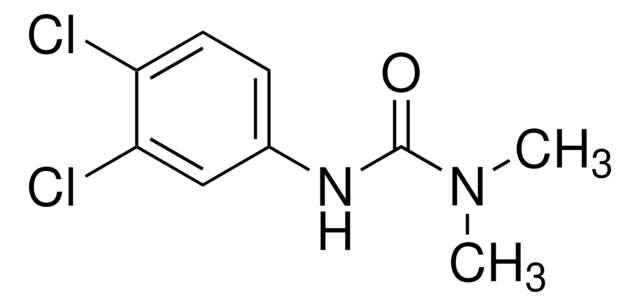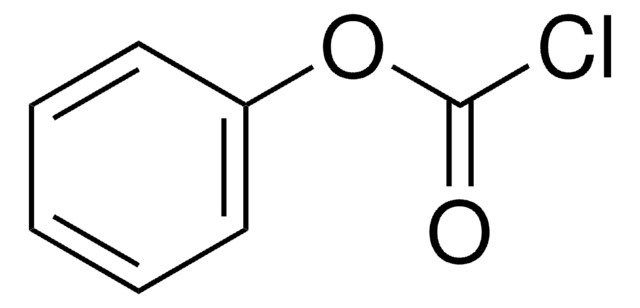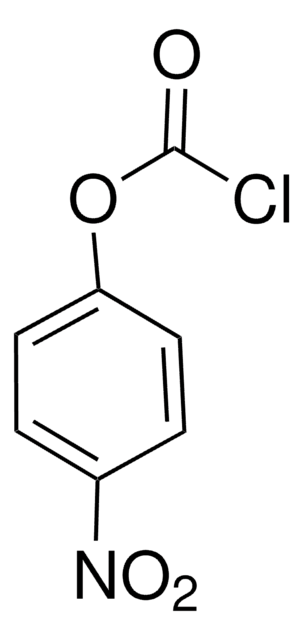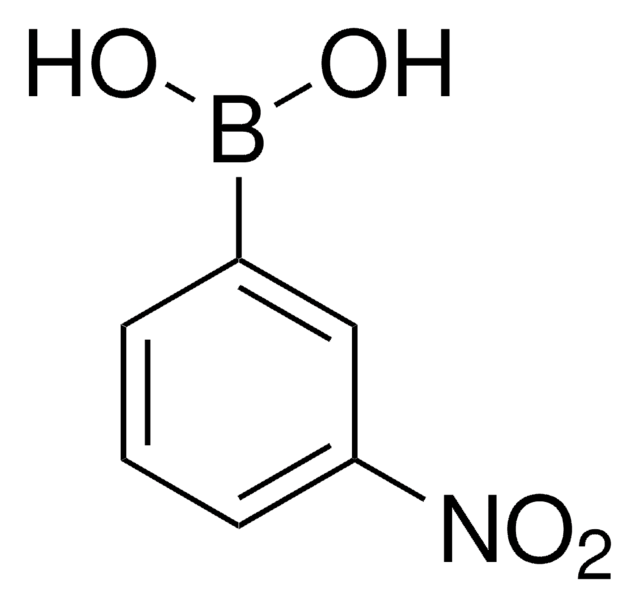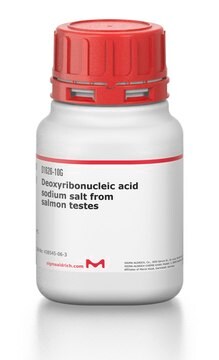おすすめの製品
アプリケーション
2, 5-Dibromo-6-isopropyl-3-methyl-1, 4-benzoquinone has been used as a metabolic inhibitor of violaxanthin (V) cycle of Pelvetia canaliculata and is used as a photosynthetic electron transport chain (pETC) inhibitor.
生物化学的/生理学的作用
2, 5-Dibromo-6-isopropyl-3-methyl-1, 4-benzoquinone acts as an inhibitor of respiratory and photosynthetic processes.
保管分類コード
11 - Combustible Solids
WGK
WGK 3
引火点(°F)
Not applicable
引火点(℃)
Not applicable
個人用保護具 (PPE)
dust mask type N95 (US), Eyeshields, Gloves
適用法令
試験研究用途を考慮した関連法令を主に挙げております。化学物質以外については、一部の情報のみ提供しています。 製品を安全かつ合法的に使用することは、使用者の義務です。最新情報により修正される場合があります。WEBの反映には時間を要することがあるため、適宜SDSをご参照ください。
Jan Code
271993-VAR:
271993-1G:
271993-BULK:
271993-250MG:
Deepak Venkanna et al.
Frontiers in plant science, 8, 1347-1347 (2017-08-22)
The protein superfamily of short-chain dehydrogenases/reductases (SDR), including members of the atypical type (aSDR), covers a huge range of catalyzed reactions and
Yuuki Sakai et al.
Planta, 221(6), 823-830 (2005-04-06)
In epidermal cells of the aquatic angiosperm Vallisneria gigantea Graebner, high-intensity blue light (BL) induces the avoidance response of chloroplasts. We examined simultaneous BL-induced changes in the configuration of actin filaments in the cytoplasmic layers that face the outer periclinal
Shan Gao et al.
Journal of experimental botany, 63(12), 4349-4358 (2012-03-23)
Porphyra yezoensis, a representative species of intertidal macro-algae, is able to withstand periodic desiccation at low tide but is submerged in seawater at high tide. In this study, changes in photosynthetic electron flow in P. yezoensis during desiccation and re-hydration
Ireneusz Slesak et al.
Plant & cell physiology, 44(6), 573-581 (2003-06-27)
Mesembryanthemum crystallinum, a facultative halophyte and C(3)-Crassulacean acid metabolism (CAM) intermediate plant, has become a favoured plant for studying stress response mechanisms during C(3)-CAM shifts. One hour of exposure to excess light (EL) caused inhibition of photosynthetic electron transport in
The KaiA protein of the cyanobacterial circadian oscillator is modulated by a redox-active cofactor.
Thammajun L Wood et al.
Proceedings of the National Academy of Sciences of the United States of America, 107(13), 5804-5809 (2010-03-17)
The circadian rhythms exhibited in the cyanobacterium Synechococcus elongatus are generated by an oscillator comprised of the proteins KaiA, KaiB, and KaiC. An external signal that commonly affects the circadian clock is light. Previously, we reported that the bacteriophytochrome-like protein
ライフサイエンス、有機合成、材料科学、クロマトグラフィー、分析など、あらゆる分野の研究に経験のあるメンバーがおります。.
製品に関するお問い合わせはこちら(テクニカルサービス)